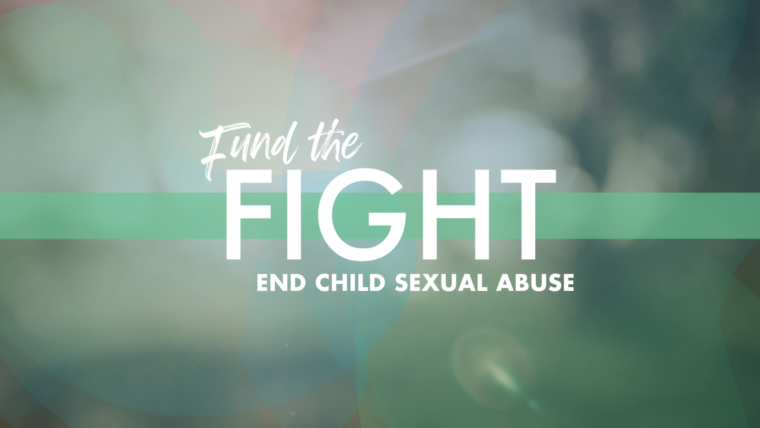Signs that a child is being sexually abused are often present, but they can be indistinguishable from other signs of child stress, distress, or trauma. Knowing what to look for can help.
Signs of child sexual abuse can be physical and/or emotional, with physical signs being less common. Emotional signs can range from “too perfect” behavior to withdrawal, depression, or unexplained anger. It’s important to remember that some children may show no signs at all. There is also red flag behaviors you can identify if you know what to look for to help intervene in the grooming process.
Emotional Signs
Emotional and behavioral signs or changes are more common than physical signs and can include:
- Anxiety and depression
- Sleep disturbances, including nightmares or night terrors
- Change in eating habits
- Unusual fear of certain people or places; reluctance to be alone with a certain person
- Changes in mood that could including anger, aggressiveness towards parents, siblings, friends, pets
- Rebellion or withdrawal; runaway behavior
- Change in attitude towards school or academic performance; lack of interest in friends, sports, or other activities
- Unexplained or frequent health problems like headaches or stomach aches
- Poor self-esteem; avoidance of relationships
- Self-mutilation or change in body perception, like thinking of self or body as dirty or bad; suicidal thoughts
- Regression to previously outgrown behaviors, for example, bedwetting or thumb sucking
- Abnormal sexual behaviors or knowledge of advanced sexual language and behaviors
- Too “perfect” behavior or overly compliant behavior
Children’s Advocacy Centers provide trauma-sensitive, child-friendly, safe places for families to seek help. To find a center near you, contact the National Children’s Alliance, or call 1-800-239-9950. If you don’t have a center near you, call Child Protective Services or law enforcement in your area.
Reference: Statistics
Physical Signs of Abuse
Direct physical signs of sexual abuse are not common. However, when physical signs are present, they may include bruising, bleeding, redness and bumps, or scabs around the mouth, genital, or anus. Urinary tract infections, sexually transmitted diseases, and abnormal vaginal or penile discharge are also warning signs.
There are other indirect physical signs that include:
- Persistent or recurring pain during urination or bowel movements
- Wetting or soiling accidents unrelated to toilet training
- Sexually transmitted diseases
- Chronic stomach pain
- Headaches
Child sexual abuse victims often exhibit indirect physical signs such as chronic stomach pain and headaches.
If you see physical signs of abuse, have your child examined by a professional immediately, or call the police.
How can you tell if an adult is taking too much interest in your child?
Child grooming is a deliberate process by which offenders gradually initiate and maintain sexual relationships with victims in secrecy. On the surface, grooming a child can look like a close relationship between the offending adult, the targeted child and (potentially) the child’s caregivers. By recognizing grooming behavior you can intervene, below are some examples of red flag behaviors:
- Special attention/preference to a child
- Gift giving
- Touching or hugging the child
To learn more about child grooming and see examples of red flag behaviors, click here.
- Sympathetic listener
- Offers to help the family
- Gaining access via the internet



